1. Pictures Are Low-Quality or Limited
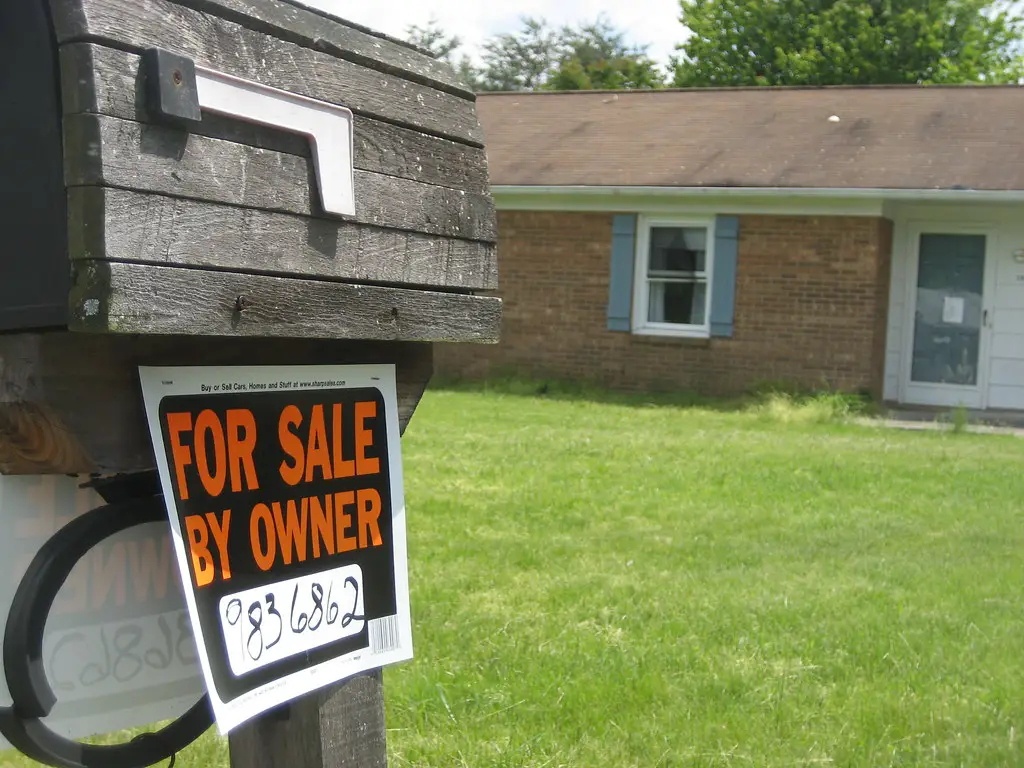
Real estate listings without high-quality, well-lit photos should be treated with caution. If the photos are blurry, poorly lit, or don’t provide a clear picture of the home’s features, it’s possible that the seller is attempting to hide flaws or areas that could detract from the property’s appeal. Forbes explains that listings with professional-grade photos attract more attention, suggesting that homes presented in the best light often have fewer issues to hide.
Professional-quality photos are an essential part of a listing because they give potential buyers a true sense of the space. If you notice that the listing only includes a few pictures or avoids showing certain rooms, be sure to ask for more detailed images. The Balance recommends asking the seller to provide additional photos or a virtual tour if you feel like the listing doesn’t offer enough visual detail.
2. Vague or Lack of Property Details
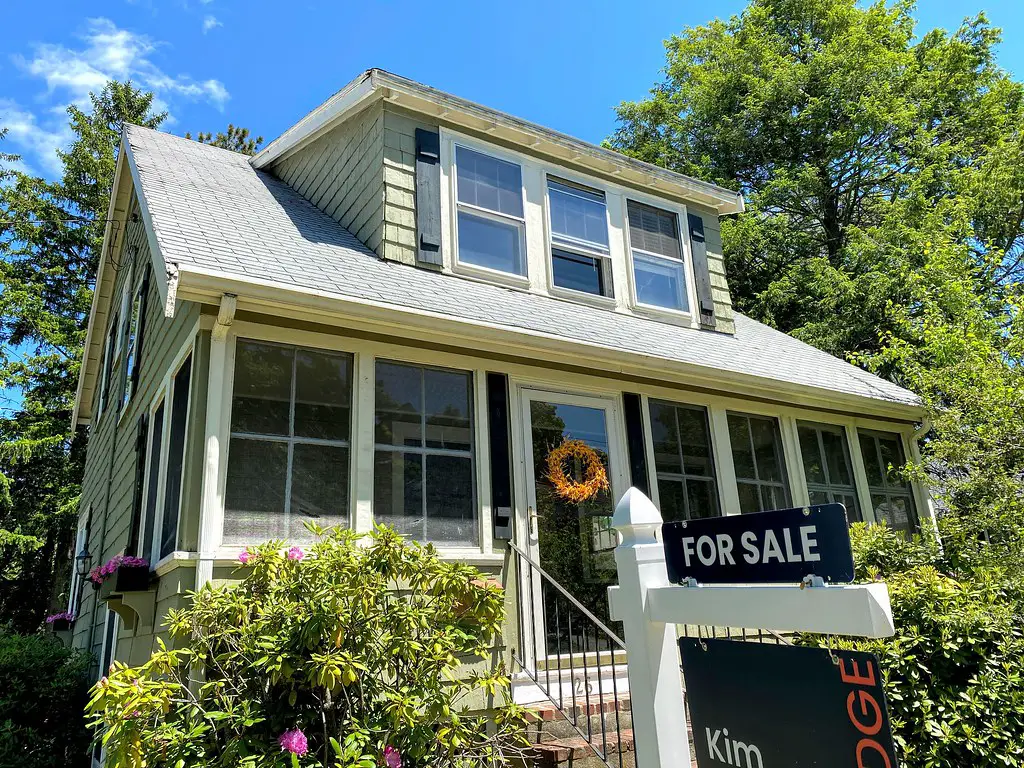
Real estate listings that omit key property details should raise immediate concerns. If the listing fails to provide critical information such as square footage, the number of bedrooms and bathrooms, or the age of the property, this lack of transparency could be a sign that the seller is trying to hide something. According to Forbes, a well-rounded listing should include a comprehensive description that gives prospective buyers the full picture of what they’re considering.
Often, sellers may leave out important information to avoid scrutiny, such as a less-than-ideal layout or outdated features. The Balance suggests that a comprehensive listing should provide clear details, giving you confidence that the seller has nothing to hide. If key information is missing, be sure to ask the seller for more specifics before proceeding.
3. Price is Significantly Below Comparable Homes
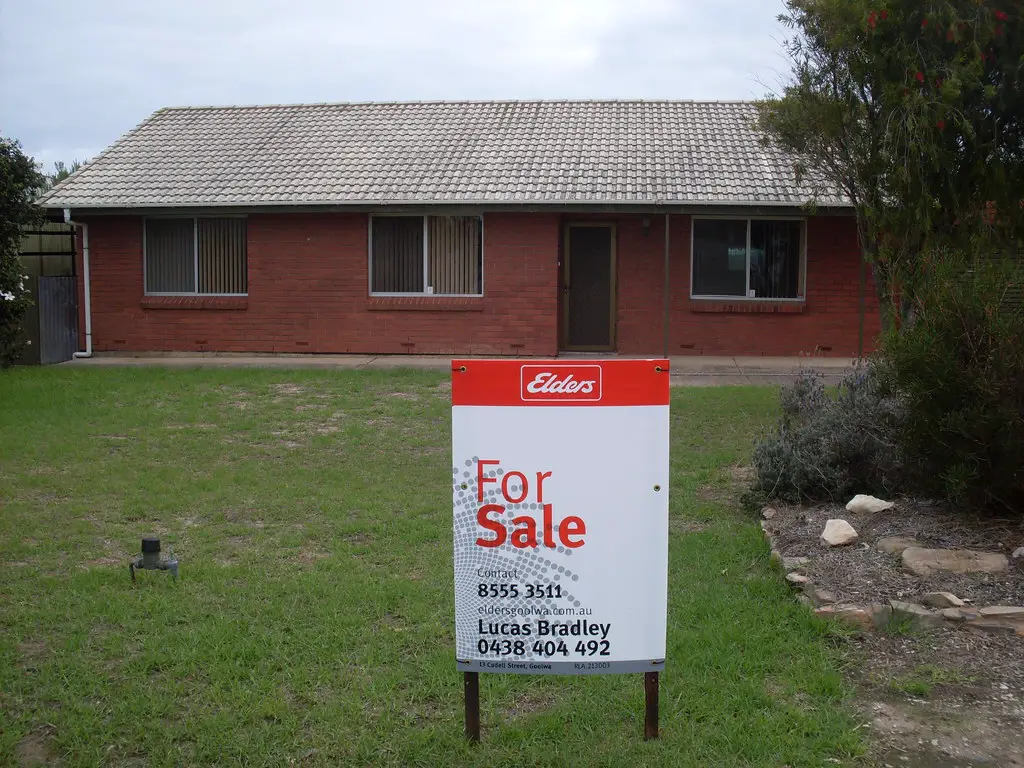
While everyone loves a good deal, a listing priced well below the average market value can be a red flag. A low price might indicate issues with the property that the seller wants to offload quickly, such as hidden damage, repairs needed, or legal complications. Realtor.com notes that properties priced too low are often discounted because of hidden defects, making it essential to investigate the reasons behind the price drop.
Before jumping on a deal that seems too good to be true, it’s essential to compare the listing with similar homes in the area. A professional appraisal can help determine whether the price is indeed fair or if there’s an underlying issue causing the property to be undervalued. According to The Spruce, the most important thing for any buyer is to ask themselves why the home is priced lower than others in the neighborhood and if there’s more to the story.
4. Frequent Price Drops

When a home’s price is repeatedly dropped in a short period, it’s a sign that something may be wrong with the property or its marketability. A listing that has undergone multiple price reductions could indicate that the property has been on the market for longer than expected, with potential buyers finding problems once they see the home. According to Zillow, frequent price changes can signal that the seller is either overpricing initially or has received negative feedback from other buyers, causing them to adjust the price.
Before moving forward, investigate the reasons for the price drops. Have inspections been completed, and were they revealing issues with the property? A listing with continual price reductions could be a signal to proceed with caution or to dig deeper into the property’s condition. Redfin suggests that sellers often drop prices to make their homes more competitive in a crowded market, but it’s important to understand if the issue is with the home itself.
5. The Property Has Been on the Market for a Long Time

One of the biggest red flags real estate agents notice right away is when a home is significantly overpriced compared to others in the same neighborhood. Even a beautifully renovated house can’t justify a huge markup if the surrounding homes are selling for much less. Agents rely on comparable sales—known as “comps”—to determine fair market value, and a listing that ignores those comps is often a sign of unrealistic sellers or hidden issues that don’t justify the price. Buyers who fall in love with a home like this may risk overpaying and losing equity the moment they close.
Overpricing can also signal that the home has been sitting on the market longer than others—another potential red flag. A stale listing often means something is turning buyers off, whether it’s the condition, location, or cost. Real estate agents know that sellers who ignore the advice to price competitively may be difficult to negotiate with later on, complicating inspections, contingencies, or closing. Ultimately, even if the house seems perfect, paying too much upfront can lead to major regret down the road, especially if resale becomes difficult.
6. Overly Aggressive or Pushy Sellers
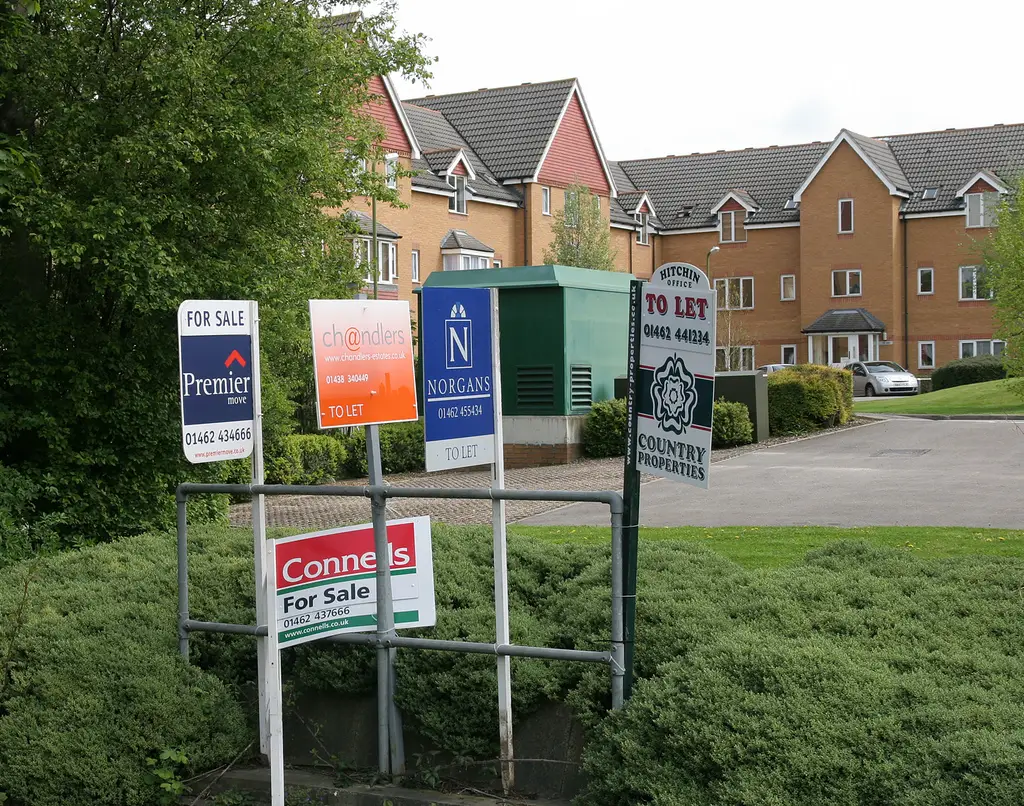
Sellers who push too hard for you to make an offer or try to rush the buying process can be a red flag. While sellers are naturally eager to sell their property, an overly aggressive approach might indicate that the home has lingering issues that they’re trying to avoid discussing.
If a seller is pressuring you to make a quick decision without giving you the opportunity to thoroughly inspect the property, take a step back. It’s important to take your time and ensure that you’re making an informed decision. A reputable seller will be willing to let you take the necessary steps to evaluate the home properly.
7. Unusual or Questionable Location

If the property is situated in an area with high crime rates, frequent flooding, or known environmental hazards, this could be a dealbreaker. A low-priced home might seem tempting in a neighborhood with fewer amenities or safety concerns, but you’ll likely face long-term challenges when it comes to resale value or quality of life.
Before moving forward with a purchase, thoroughly research the location of the property. Investigate crime rates, environmental concerns, and local amenities to ensure that the area is a good fit for your lifestyle. If you have reservations about the location, it might be worth looking for homes in other areas.
8. Unresolved Legal Issues or Liens

One of the most concerning red flags is a property with unresolved legal issues or liens. These could stem from unpaid taxes, unresolved disputes with previous owners, or issues related to the title of the property. Properties with legal issues are often sold at a discounted price, but dealing with these problems can take months or even years to resolve.
Make sure to conduct a title search before proceeding with a purchase. A real estate attorney or title company can help identify any liens or legal claims on the property. If there are outstanding issues, it’s important to weigh the cost and time involved in resolving them before moving forward with the purchase.
9. Previous Attempts to Sell
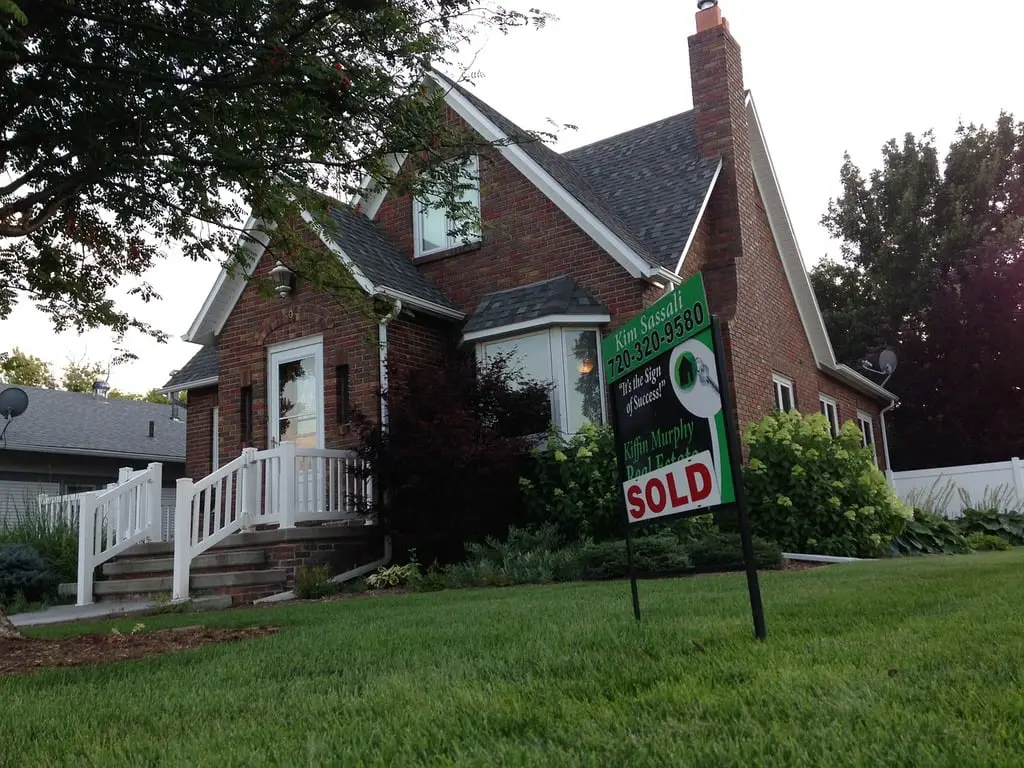
If a property has been on and off the market multiple times over the past few years, this could be a sign that the property has issues that make it difficult to sell. Frequent relisting may indicate that previous buyers walked away due to unforeseen issues or that the home has been difficult to market for other reasons.
Before making an offer, ask about the history of the property’s sales attempts. You’ll want to know if the home has been pulled off the market before or had deals fall through. This history can provide insight into why the property hasn’t been sold yet and whether it might have any lingering problems that need to be addressed.
10. Too Many Unfinished or DIY Renovations

While some buyers may appreciate a fixer-upper, too many unfinished or poorly executed renovations could indicate that the property hasn’t been properly maintained. DIY projects that are incomplete or poorly done can also result in costly repairs down the line.
Before committing to a home with extensive renovations, ask for the details of any major work done on the property. Have the projects been professionally completed, or are they the result of unqualified contractors or DIY enthusiasts? Incomplete projects or poor workmanship could cause significant issues for you in the future.
11. Lack of Professional Home Inspection Reports

If the seller doesn’t offer a recent professional home inspection report, it’s a red flag. A well-maintained property will typically come with an up-to-date inspection that gives potential buyers peace of mind. Without one, you could be walking into a situation where hidden issues may not be identified until after the purchase.
Requesting an independent home inspection is always a good idea, even if the seller claims that the property is in great condition. An inspector can uncover problems like faulty wiring, plumbing issues, or structural concerns that could cost you thousands to repair. Never skip the inspection, and always ask for documentation regarding any previous inspections or repairs.
12. The Property Has Been on the Market for a Long Time
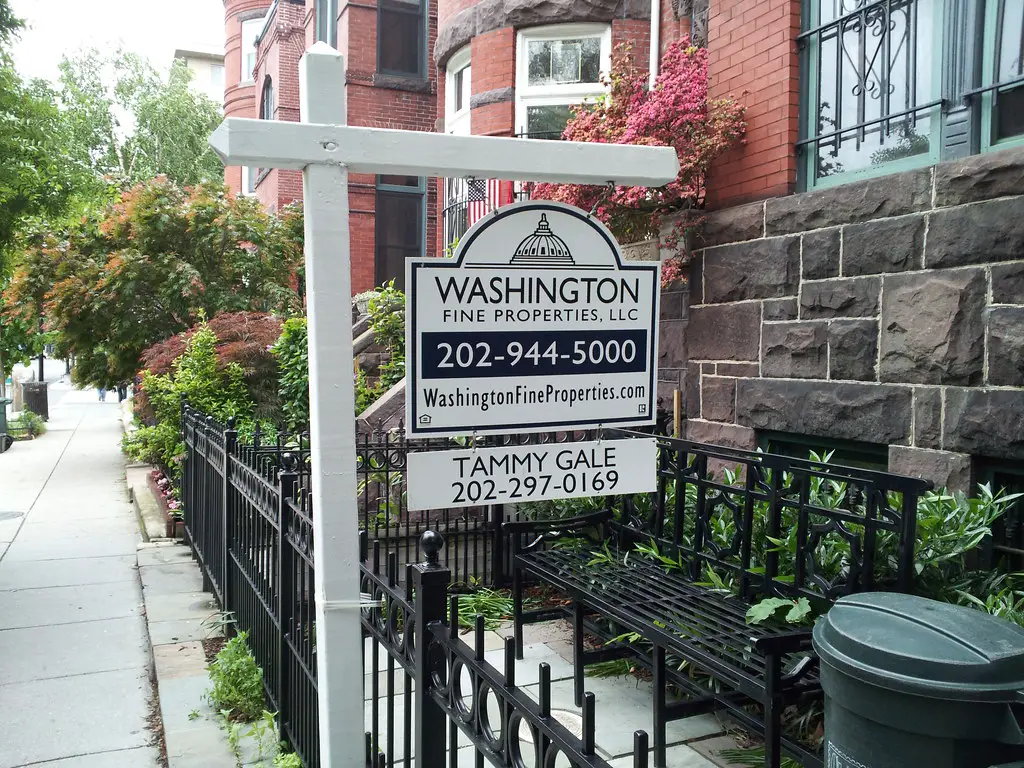
Homes that have been listed for an extended period, especially if they’ve been relisted several times, could indicate that there are underlying issues with the property. Sellers may find it difficult to attract buyers due to these issues, whether they’re related to the home’s condition, location, or price.
If a home has sat on the market for several months without selling, it’s essential to investigate why it hasn’t attracted offers. Is the property overpriced, or does it have problems that buyers are avoiding? The longer a property lingers on the market, the more important it becomes to ask the right questions and dig deeper into its history.
13. Strong Odors or Overpowering Scents

When touring a property, one of the most immediate red flags is the presence of strong odors. Unpleasant smells such as mold, mildew, or pet urine could indicate underlying issues that won’t be easy or cheap to fix. On the other hand, an overwhelming use of air fresheners, candles, or plug-ins might suggest that the seller is deliberately trying to mask something. Experts note that odors are one of the most common deal breakers because they often reveal hidden problems that cosmetic fixes can’t solve.
A home with persistent smells might have poor ventilation, water damage, or even pest infestations lurking behind the walls. While some odors can be addressed with deep cleaning, others may point to systemic issues like faulty plumbing or damp foundations. If a seller insists the smell is “nothing to worry about,” it’s wise to investigate further. In many cases, following your nose can prevent costly surprises later.
14. Excessive Noise from Surroundings

A property located near busy highways, airports, or nightlife hubs may initially seem manageable, but noise pollution can quickly become unbearable. Over time, constant exposure to high noise levels affects not only your comfort but also your property’s resale value. Sellers may try to schedule showings at quiet times of the day, making it easy to miss this detail during a short visit. Real estate agents often recommend visiting a home at multiple times of day to gauge the true sound environment.
If you notice constant honking, aircraft overhead, or vibrations from nearby trains, consider how it will affect your daily life. Noise issues are notoriously hard to solve since they’re tied to location rather than the property itself. Even soundproofing improvements can only do so much, and they add to your costs. Ultimately, a noisy environment can become an inescapable problem that undermines the appeal of an otherwise perfect home.
15. Signs of Water Damage
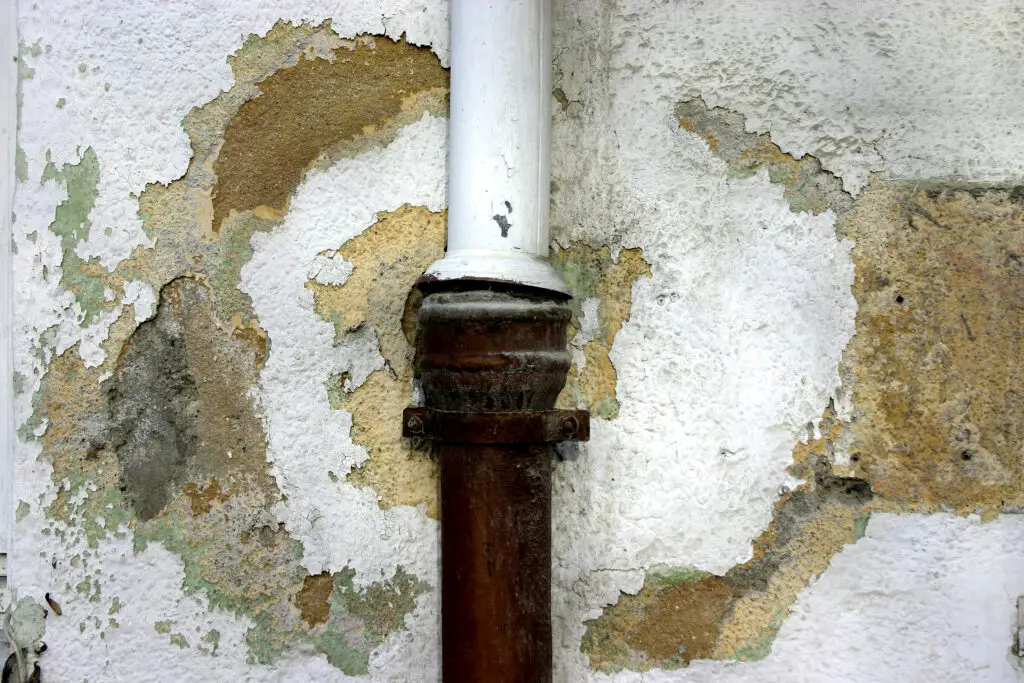
Water stains on ceilings, bubbling paint, or warped flooring are all serious red flags. These issues usually suggest leaks from the roof, plumbing failures, or even flooding in the past. Water damage not only weakens the structure of a home but also creates a breeding ground for mold, which can lead to costly remediation. Sellers may try to paint over damage, but close inspection often reveals the truth.
If you see any evidence of water issues, it’s critical to ask for repair documentation and warranties. Professional inspections can confirm whether the problem is ongoing or has been resolved. Ignoring water damage could result in extensive repairs later, including replacement of drywall, insulation, or flooring. What seems like a minor stain today could turn into thousands of dollars in repairs tomorrow.
16. Inconsistent or Unusual Floor Plans

Homes with strange layouts may look quirky at first but can present significant functional problems. Odd additions, tiny rooms, or hallways that lead nowhere are often signs of unpermitted renovations. While unique layouts can sometimes be charming, they may reduce the home’s livability and make resale more difficult. Buyers should always consider how the layout affects daily routines and long-term value.
Inconsistent floor plans can also indicate that the home has been pieced together over time without professional oversight. This may lead to structural issues or non-compliance with local building codes. Before committing, it’s wise to verify that any additions or alterations were legally permitted. A bad layout might not just be inconvenient—it could also be a liability.
17. Visible Foundation Cracks
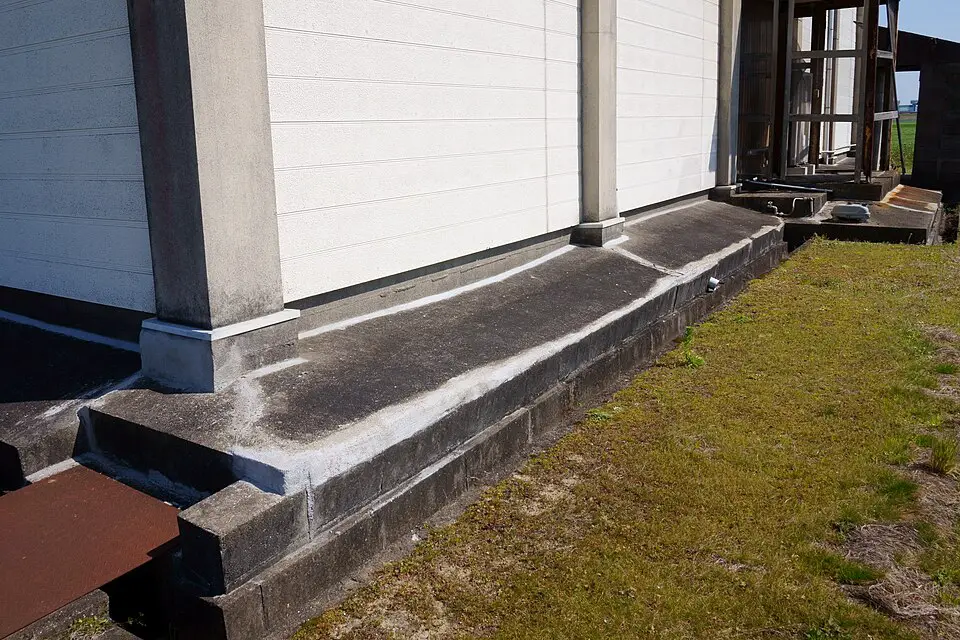
Foundation issues are some of the most serious problems a property can have. Large cracks in walls, uneven floors, or doors that don’t close properly may all point to structural instability. Repairing a foundation is not only expensive but can also affect the entire integrity of the home. These red flags are often the reason a seller is eager to offload the property.
While small hairline cracks are common, anything larger than a quarter-inch should be taken seriously. A structural engineer can provide an accurate assessment of whether the damage is cosmetic or critical. Without this step, buyers risk inheriting tens of thousands of dollars in repairs. If you notice foundation concerns, it’s best to walk away unless the issue has been professionally addressed.
18. Roof in Poor Condition
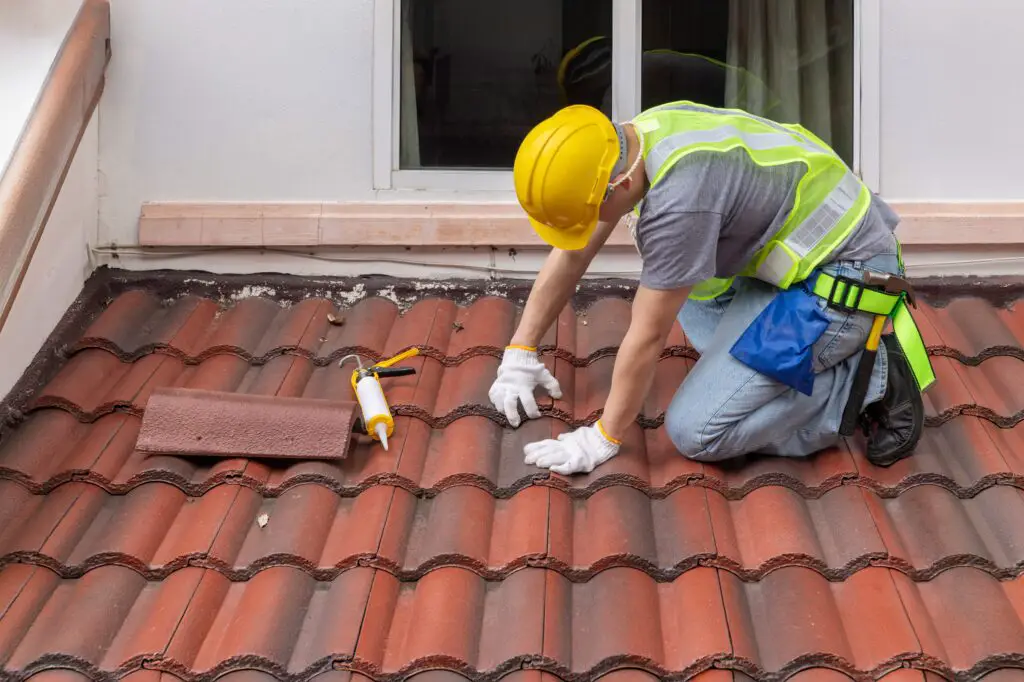
A damaged or aging roof can be one of the biggest financial burdens for a new homeowner. Missing shingles, sagging spots, or visible leaks suggest that replacement may be needed soon. Roof repairs and replacements are costly, and sellers sometimes hope buyers won’t notice until it’s too late. Checking the roof’s age and condition should always be a top priority during inspection.
Even if a roof looks intact, hidden issues like poor insulation or faulty flashing can lead to leaks. Asking for maintenance records and warranty information is a smart move. If the seller is vague about the roof’s history, take it as a warning sign. A failing roof doesn’t just risk water damage—it compromises the safety and efficiency of the entire home.
19. Lack of Proper Permits for Renovations
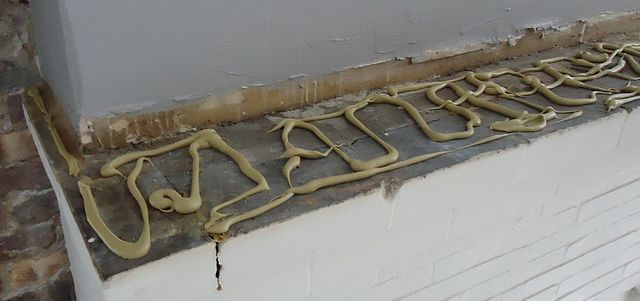
When sellers make improvements without securing proper permits, it can spell trouble for buyers. Unpermitted work often means the project wasn’t inspected for safety or code compliance. While the house might look modernized, these shortcuts can result in legal and financial headaches later. In some cases, buyers may even be forced to undo or redo unpermitted renovations at their own expense.
Real estate agents often emphasize the importance of asking for documentation on major upgrades like electrical, plumbing, or additions. Without permits, insurance claims for future damage could be denied. Buyers may also face difficulties selling the property later if the work doesn’t meet legal standards. Always verify with local authorities that renovations were done the right way.
20. Neglected Landscaping and Exterior

The condition of a property’s exterior often reveals how well the home has been cared for overall. Overgrown lawns, dying trees, or crumbling driveways can signal years of neglect. If the visible exterior is poorly maintained, chances are the interior may have hidden problems too. First impressions matter, and a neglected exterior should raise serious questions.
In addition to aesthetics, poor landscaping can also create functional issues. Tree roots too close to the foundation, clogged gutters, or improper drainage can lead to expensive damage over time. Sellers who ignore the exterior may also have skipped routine maintenance inside the home. Before moving forward, factor in the costs of fixing these issues, as they often go deeper than what you see at first glance.
This post 20 Red Flags That Scream “Don’t Buy This House” to Real Estate Agents was first published on Greenhouse Black.
